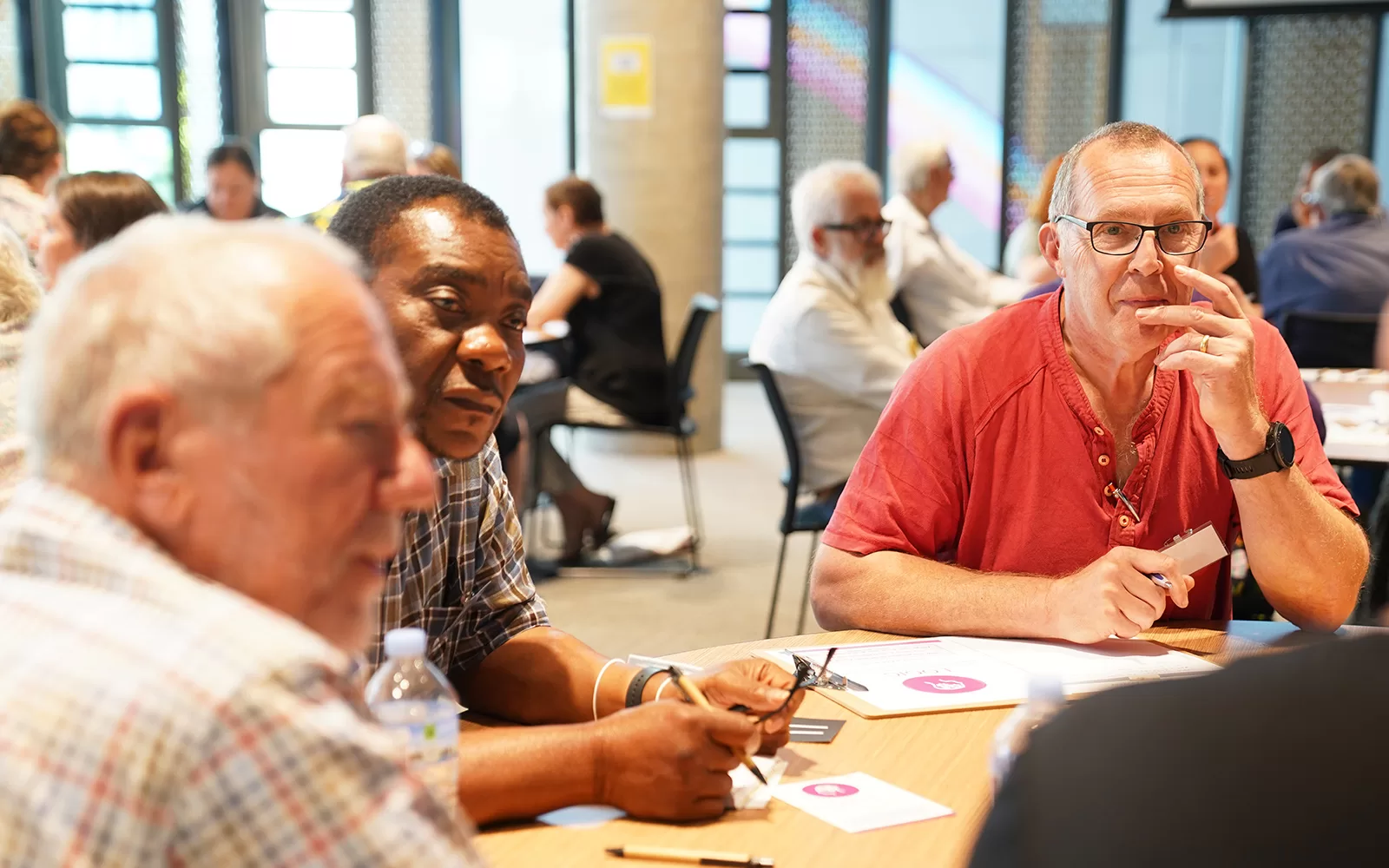
Resilience planning can be so much more than the documentation of a suite of actions for assisting a community to improve its adaptability and strength. The process of resilience planning can be resilience building in of itself.
If the purpose of resilience planning is to enable communities to be in a stronger position to adapt to changes, and to enable stronger connections and relationships – the process of resilience planning should involve the diversity of that community throughout.
“It was a great opportunity to meet other people from across the region that are passionate about leadership and the future of our region. I found it very rewarding to take some time out of my busy life to stop, think, listen, and contribute to actions which will make a real difference to our region – now and into the long term.” ~ MR Plan Participant
Involving local stakeholders (industry, local government agencies and NGOs), and everyday members of the community, with diverse backgrounds, experiences, and demographic characteristics, throughout the resilience planning process assists in achieving the following outcomes:
“Recently, we were privileged to work with the communities of the Murraylands and Riverland region to develop their resilience plan. What struck us was how the process of developing the plan assisted them in reflecting on not only what they wanted governments to do – but what they could do themselves – together as a community, across industries and as individuals. They worked together to understand how they could build on their strengths and address their weaknesses themselves. I have got to know some amazing other people from across the region who are also passionate about leadership. Its probably the start of an informal network to foster action.” ~ Mr Plan Participant
“This built agency – empowering the group to find and explore their own solutions. What could be more resilience building – than building the strength of a community to take charge and work together for their own collective future! Communities are best placed to frame their resilience collectively and from a ‘systems’ perspective’” ~ Tarnagulla Resilience Study
If you want to learn more about how we can help you, we’d love to hear from you. Simply send us an email and we’ll be touch soon.
DemocracyCo’s work is undertaken on the lands and waters of Australia’s First Nations people. As we collaborate together, democracyCo looks to our First Nations people, the worlds oldest living culture, for guidance that will help sustain our connection to Country and inform the work that we do to bring people together. Our work is in service to Reconciliation and to moving forward together.
Privacy Policy • © 2024 democracyCo – All rights reserved • Website by Seventysix Creative